What does cross training mean?
Instead of only participating in a single sport where similar motor patterns and muscle fibres are used repetitively, cross training integrates other activities that complement the primary activity. Common activities for runners are swimming, cycling, weight training and yoga.
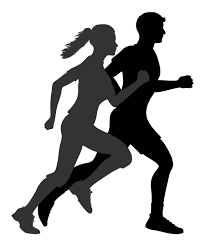 Why cross train?
Why cross train?
With distance running the main movement is forwards. Using other activities that use muscles differently can help balance the body, maintain better joint mobility and keep the mental aspect fresh. Low impact activities tend to be good pairings. Improving running economy, cardiovascular fitness, strength, and mobility are key goals as well as changing the mental focus. Improving upper body strength and making soft tissues more durable are also good reasons to cross train.
Who should do it?
Every runner at some point in their training cycle.
Runners who don’t tolerate high mileage.
In the off-season for injury prevention, mental rejuvenation, and fun.
Pool running, anti-gravity treadmill, weight training, and bike can be great options when injured.
Primary Benefits of Common Cross Training Activities
Walking: Low Impact (LI), good for building endurance, walk/run programs increase volume with less stress on joints
Hiking: LI, upper body workout with poles, elevation gain and descend for strengthening
Swim: LI, upper body conditioning, core strength, lengthening and decompression effect of being in water, hydrostatic pressure helpful for inflammation, kickboard to help hip mobility and strength
Pool Run: LI, good for maintaining aerobic conditioning, belt on or off for less or more challenge, most like running without impact loading, good resistance training for trunk and arms
Bike: LI, 30-60 second power intervals for high-intensity bursts, mountain bike to work on power, road to work on muscular endurance
Triathlon: three sports in one, variable workload and muscle activation patterns, build cardiovascular endurance in all sports, interval workouts, LI options in swim and bike.
Obstacle Course Racing: multisport, includes run fitness with general fitness, upper body strength, fun and challenging
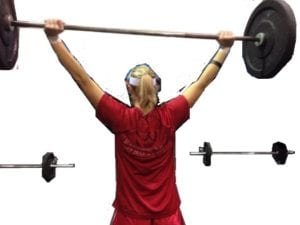 Weight Train: good to work on muscle imbalance and increase shock absorptive strength of lower body, strengthen upper body and core for durability and assist in power production, even one set 8-12 2-3 x/w heavier loads beneficial
Weight Train: good to work on muscle imbalance and increase shock absorptive strength of lower body, strengthen upper body and core for durability and assist in power production, even one set 8-12 2-3 x/w heavier loads beneficial
Plyometrics: skipping, box jumps, single leg hops strengthen connective tissues, high-intensity workouts to build power
CrossFit: full body workouts, focus on strength and explosive power, good carry over to Obstacle Course Racing, rope climbing, box jumps, deadlift, burpees, variety with Work Outs of the Day and also flexibility with the range of motion workouts
Pilates: good for mobility, stability, body awareness, endurance, posture
Yoga: many types available, good focus of hip openers, calf and hamstring flexibility, trunk strength, meditative, breathing, hot yoga good for acclimatization for hot and humid races, restorative yoga for helping tight overworked muscles, Vinyasa flow classes for more cardio training
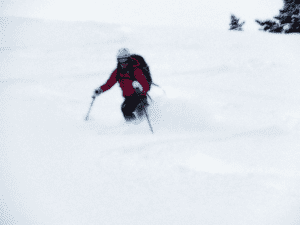 Nordic Ski: classic skiing is similar linear motion to running, more upper extremity use, winter break from trail running, skate ski requires higher intensity effort and lateral hip motion
Nordic Ski: classic skiing is similar linear motion to running, more upper extremity use, winter break from trail running, skate ski requires higher intensity effort and lateral hip motion
Alpine Ski: power and strength conditioning
Alpine Ski Touring: good aerobic training without LI, work at elevation good for aerobic conditioning
Soccer: aerobic conditioning, agility, interval workout
Rowing: upper body and leg strength, interval train, breath control
Racquet Sports: high-intensity anaerobic workout
Elliptical: similar movement to run without impact
Martial Arts: mobility, strength, mental discipline



 Movement Sports Clinic is partnering with Medysis Calgary, a comprehensive medical health assessment company. Both companies have a common vision to provide technologies, approaches, and services to help you improve your health and prevent medical issues before they become real problems. Where Movement Sports Clinic focuses more on musculoskeletal function and performance, Medysis can provide medical evaluation for health components like cardiovascular, genitourinary and gastrointestinal systems. With cancer, diabetes, heart disease and stroke being top health issues in our society, early detection of both disease and risk is the best defense.
Movement Sports Clinic is partnering with Medysis Calgary, a comprehensive medical health assessment company. Both companies have a common vision to provide technologies, approaches, and services to help you improve your health and prevent medical issues before they become real problems. Where Movement Sports Clinic focuses more on musculoskeletal function and performance, Medysis can provide medical evaluation for health components like cardiovascular, genitourinary and gastrointestinal systems. With cancer, diabetes, heart disease and stroke being top health issues in our society, early detection of both disease and risk is the best defense.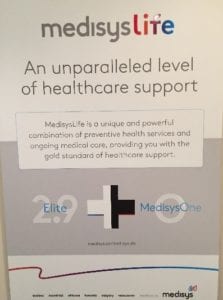 Louise Taylor and Tyson Plesuk, physiotherapists and co-owners of Movement Sports Clinic went for the Executive Preventative Health Assessments in September 2016. In two and half hours all aspect of their health and lifestyle were explored and measured. The following are the services they experienced:
Louise Taylor and Tyson Plesuk, physiotherapists and co-owners of Movement Sports Clinic went for the Executive Preventative Health Assessments in September 2016. In two and half hours all aspect of their health and lifestyle were explored and measured. The following are the services they experienced: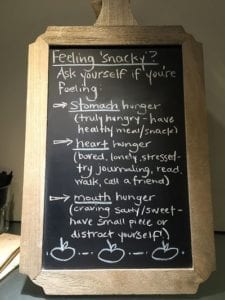 This comprehensive evaluation is meant to be completed annually in order to screen for any abnormalities or increased risk of disease or dysfunction.
This comprehensive evaluation is meant to be completed annually in order to screen for any abnormalities or increased risk of disease or dysfunction.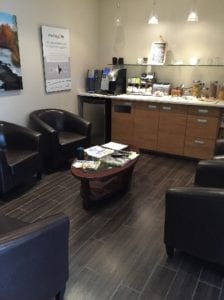 To connect with Medysis, book an appointment or discuss their programs you can contact their Associate Director of Corporate Health Services:
To connect with Medysis, book an appointment or discuss their programs you can contact their Associate Director of Corporate Health Services: 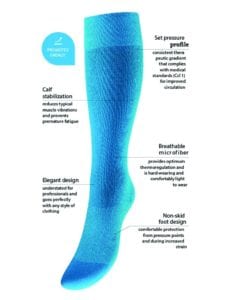 Compression garments have been used for years medically to effectively manage swelling of the extremities. Most commonly seen as socks, the graduated compression from toes to the upper leg help our circulatory system move the blood back towards the heart. Metabolic waste products and the congestion of inflammation are moved out of the interstitial tissue and back into the bloodstream for removal. In bedridden or inactive patients medical grade graduated compression socks have been proven effective to reduce deep vein thrombosis (DVT).
Compression garments have been used for years medically to effectively manage swelling of the extremities. Most commonly seen as socks, the graduated compression from toes to the upper leg help our circulatory system move the blood back towards the heart. Metabolic waste products and the congestion of inflammation are moved out of the interstitial tissue and back into the bloodstream for removal. In bedridden or inactive patients medical grade graduated compression socks have been proven effective to reduce deep vein thrombosis (DVT).
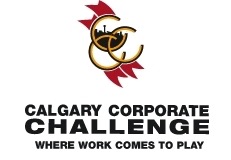 Movement Sports Clinic was proud to help support the
Movement Sports Clinic was proud to help support the 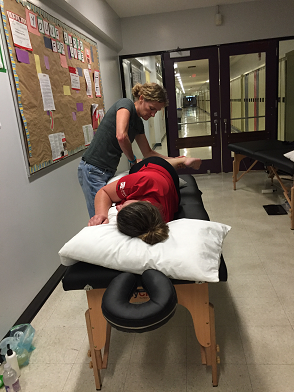
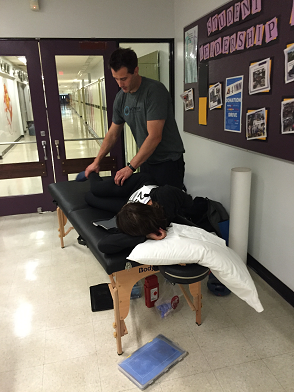
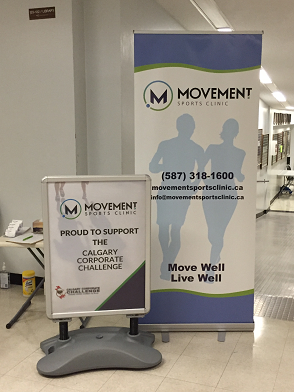
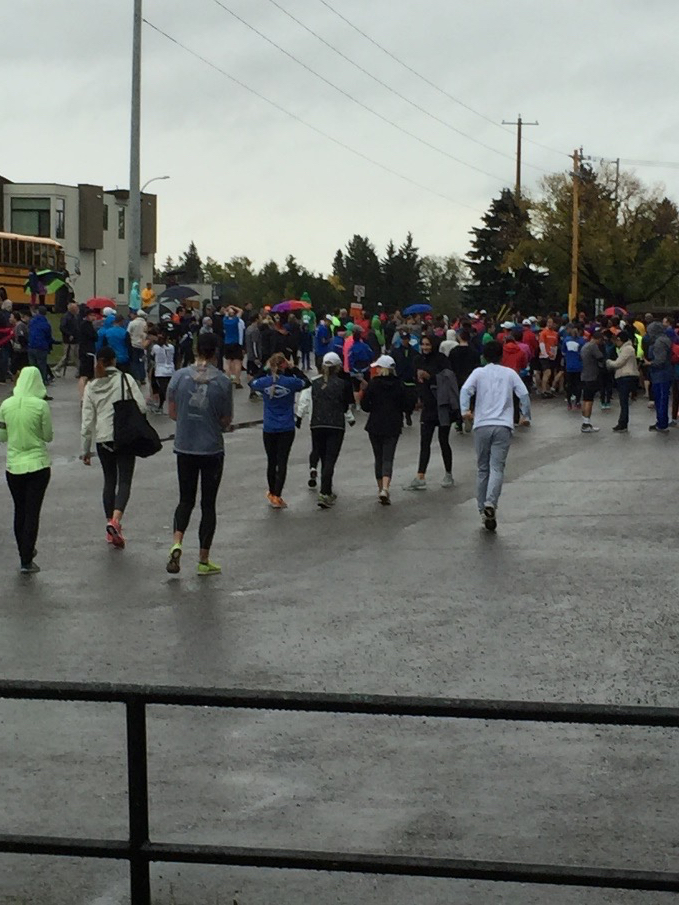
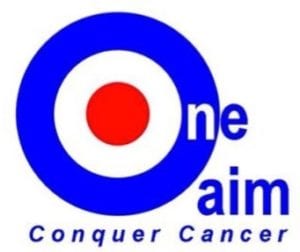 The route was 8km loops through the Parkland neighborhood in southeast Calgary. Movement Sports Clinic offered aid to the riders to help keep them rolling. Organizers had created a cozy and warm treatment space behind the food area for the physiotherapists to work on injured or fatigued participants.
The route was 8km loops through the Parkland neighborhood in southeast Calgary. Movement Sports Clinic offered aid to the riders to help keep them rolling. Organizers had created a cozy and warm treatment space behind the food area for the physiotherapists to work on injured or fatigued participants.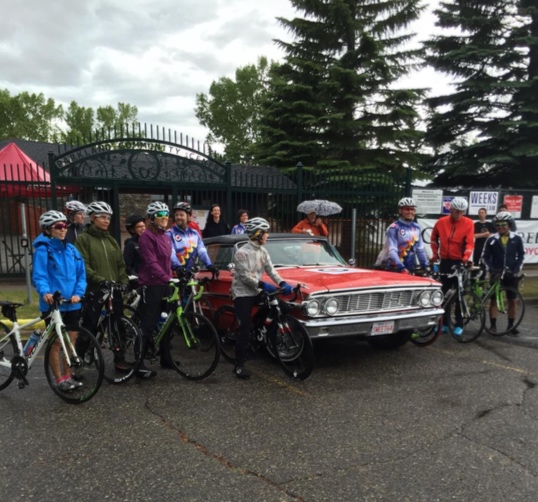
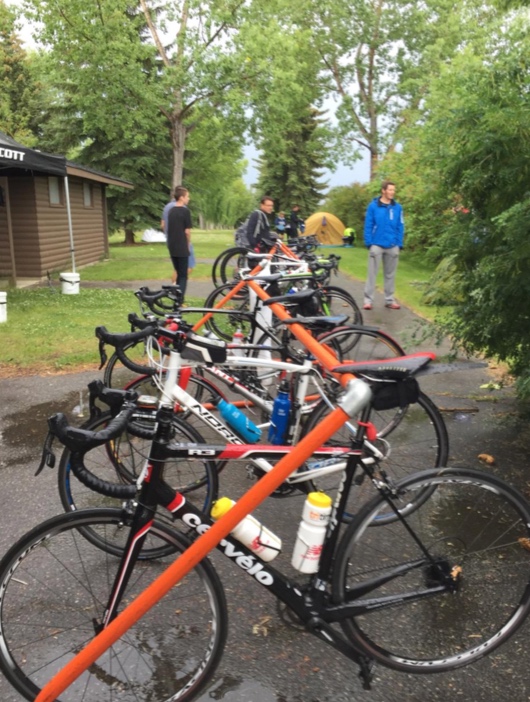
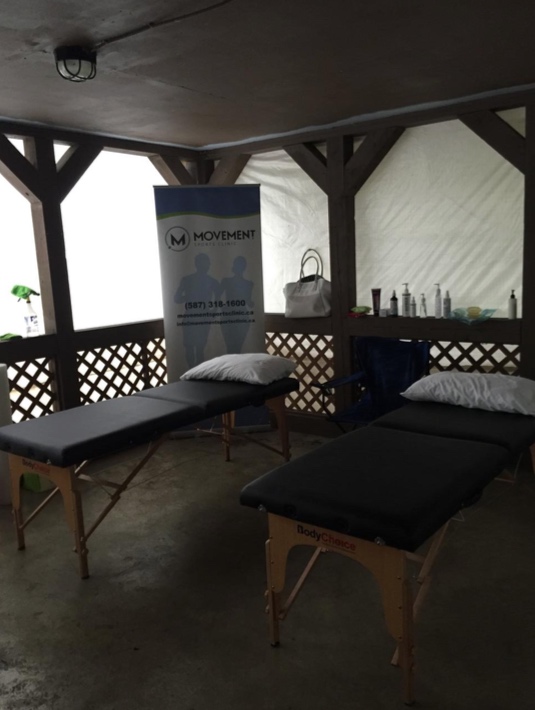
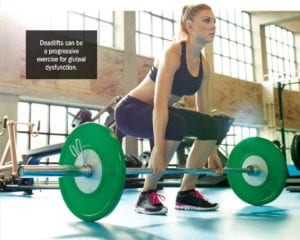 We all have muscles that tend to be weak or inhibited and those that tend to be tight and overactive. Postural habits and the impact of gravity can be primary reasons for these patterns to occur, but injury, inactivity and pain can also lead to this reflexive turning off or hyper stimulation of muscles by the nervous system. In some cases our muscles, particularly big muscles like the gluteus maximus, forget how to work.
We all have muscles that tend to be weak or inhibited and those that tend to be tight and overactive. Postural habits and the impact of gravity can be primary reasons for these patterns to occur, but injury, inactivity and pain can also lead to this reflexive turning off or hyper stimulation of muscles by the nervous system. In some cases our muscles, particularly big muscles like the gluteus maximus, forget how to work.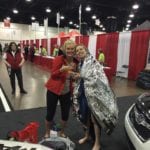
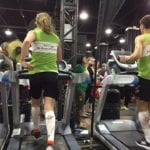
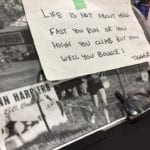
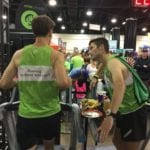
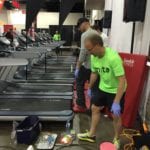
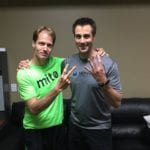
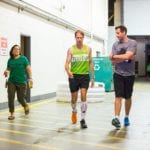
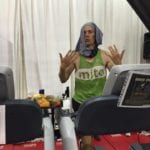
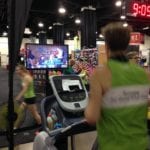
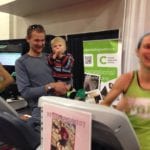

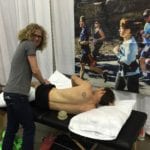
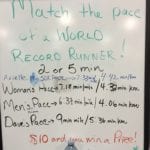
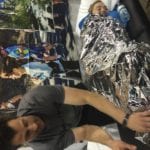
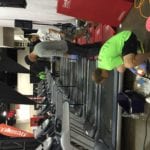
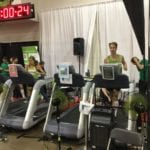

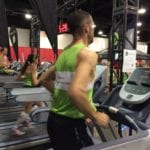
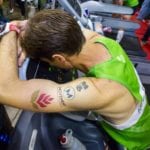
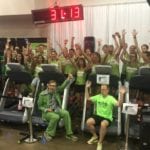
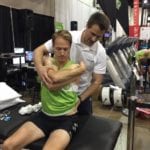
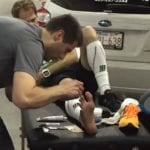
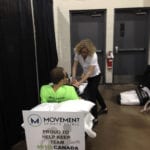
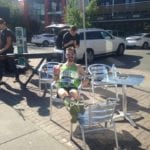
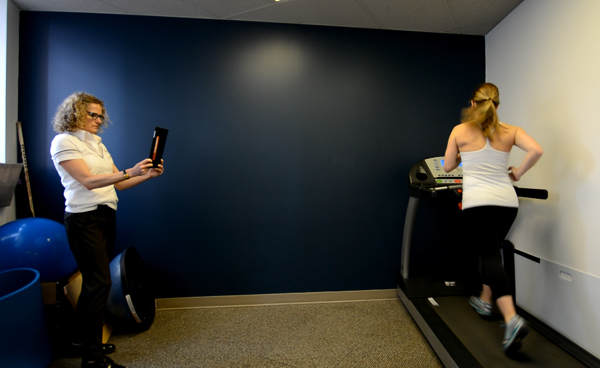
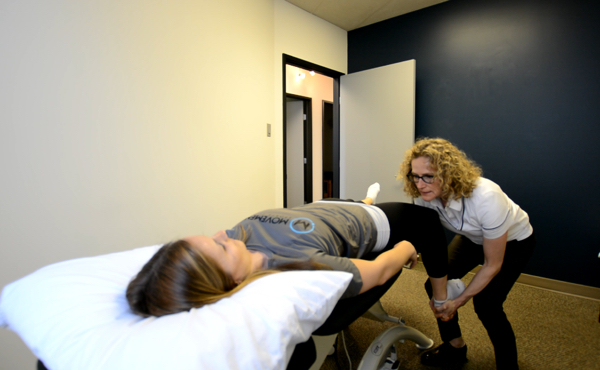
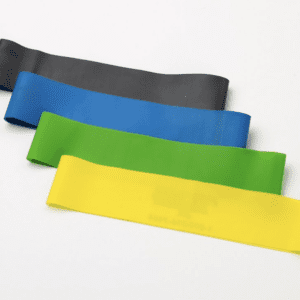
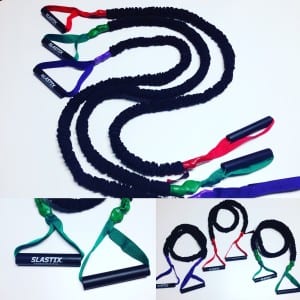 Resistance exercises are important for the health and function of muscles, connective tissues and bones. Loading our body in a progressive manner promotes cellular remodeling that leads to stronger muscles and more reinforced supporting tissues like the bones and ligaments.
Resistance exercises are important for the health and function of muscles, connective tissues and bones. Loading our body in a progressive manner promotes cellular remodeling that leads to stronger muscles and more reinforced supporting tissues like the bones and ligaments.


